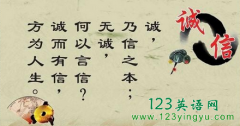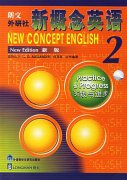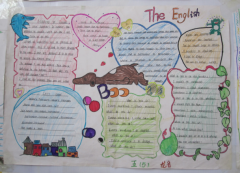2014高考英语语法填空解题技巧 非谓语动词
编辑:高中作文网 有提示词题的解题技巧
专题二 非谓语动词
Ⅰ.每日经典谚语和句型背诵与仿写
1.A friend in need is a friend indeed.患难见真情。
2.The reason why +句子~ is that +句子 表示“……的原因是……”
活学活用
仿照上述句型,翻译下列句子。
(1)我们必须保护我们的母亲河的原因是污染已经越来越严重了。
_____________________________________________________________________________________
The reason why we must protect our mother river is that the pollution is more and more serious.
(2)我们必须种树的原因是它们能供应我们新鲜的空气。
___________________________________________________________________________________________________________________________________
The reason why we have to grow trees is that they can provide us with fresh air./The reason why we have to grow trees is that they can supply fresh air for us.
Ⅱ.非谓语动词
【考点】
非谓语(无时态,有语态)
主动
被动
doing
being done
having done
have been done
to do
to be done
to have done
to have been done
【解题技巧】
当句中已有谓语动词又没有并列连词与括号中的动词并列,该动词就是非谓语动词。
此时,就要根据非谓语动词的用法确定用具体的某种形式。如作主语或宾语,就用动名词 (表一般意义)或不定式形式(表具体意义);作目的状语或在形容词后作状语,用不定式;作伴随状语或作定语,要根据与逻辑主语的关系,用现在分词或过去分词;有时
也要根据句式搭配来确定,如see/hear/ notice sb.do/doing sth., spend...doing sth.等。具体解题技巧如下:
第一步:若句中已有谓语,也不是作并列谓语时,应为非谓语动词。
第二步:根据非谓语动词在句中所作句子成分、句式的特殊要求,或某些词语的特殊要求,确定用哪种非谓语动词形式。如作目的状语一般用不
定式形式,作主语或宾语用ing形式或不定式,在enjoy, finish等动词后作宾语用ing形式,在decide, refuse等动词后作宾语要用不定式形式等等。
第三步:确定非谓语动词与其逻辑主语是主动还是被动关系。
第四步:根据非谓语动词的动作与谓语动词的动作发生的先后关系确定用一般式还是用完成式。
I noticed a man (sit) at the front.
解析:句中已有谓语动词noticed,且sit前没有并列连词, 因此sit是非谓语动词;由固定句式notice sb.doing / do sth.(注意到某人在做/做了某事)可知填sitting或sit, 但根据文中提供的情境,不难推出作者“注意到”时,那个人是“正坐在”作者前面的,故填sitting更准确、更切实际、也更生动。
答案:sitting
典型例析
He suddenly appeared in class one day, (wear) sun glasses.
解析:该句已有谓语,而且并无并列连词连接,该词应该作非谓语动词,表伴随状语且与主语构成主动关系,所以用现在分词。
答案:wearing
(2013年高考)“In the beginning, there was only a very small amount of unfairness in the world, but everyone added a little, always________(think) that it was only small and not very important, and look where we have ended up today.”
解析:此句已有谓语added,并且没有并列连词,又因为everyone与think为主动关系,故用thinking作added的伴随状语。
答案:thinking
1.She wished that he was as easy _______(please) as her mother,who was always delighted with perfume.
解析:在形容词后作状语只能用不定式,此句式中常用主动形式表示被动含义,故填to please。
答案:to please
2.For example, the Proverb, “plucking up a crop ______(help) it grow”, is based on the following story.
解析:因“助长”是“拔苗”的目的,作目的状语,用不定式,故填to help。
答案:to help
3.While she was getting me ________(settle) into a tiny but clean room, the head of the village was tying up his horse to my car...
解析:由settle sb.into...(使某人舒服地处于某处)可知,me与settle是被动关系,要用过去分词作宾补,故填settled,构成“get+宾语+过去分词”结构。句中getting me settled into...的意思是“安排我住进……”。
答案:settled








